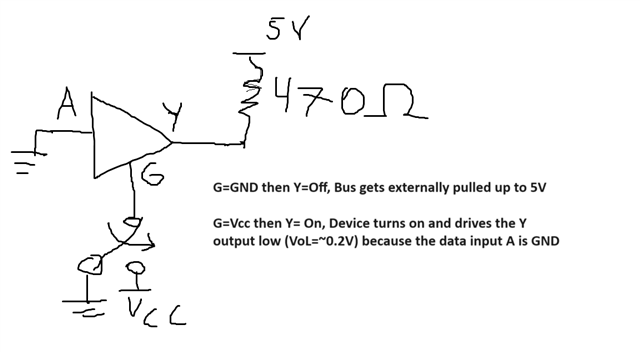Tool/software:
Datasheet link:
AM26LS31 Quadruple Differential Line Driver datasheet (Rev. M)
1) As for 5.8 Typical Characteristics, as the following Figure5-1 and Figure 5-3; both the description of the figure are Output voltage vs Enable G Input Voltage;
but in fact, Vertical axis show the Y output voltage and Output voltage;
I want to know the difference between between Vertical axis show the Y output voltage and Output voltage;(as theFigure5-1 and Figure 5-3 show, the Vertical axis voltage is different)
2) As the Figure5-5, the Vertical axis is High-Level Output Voltage, I want to know the Output Voltage of High-Level Output Voltage is which one of the question 1)?
That means the High-Level Output Voltage is High-Level Output Voltage or High-Level Y Output Voltage
3)Figure 5-9 description is Y output voltage vs Data Input Voltage; Figure 5-14 description is Y output voltage vs Enable G Input Voltage;
Could you please tell me what is Date Input Voltage and what is Enable G Input Voltage;


